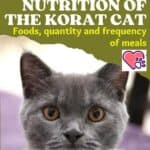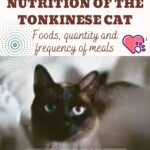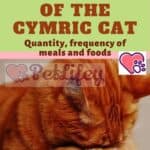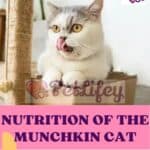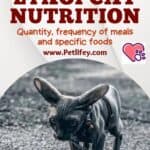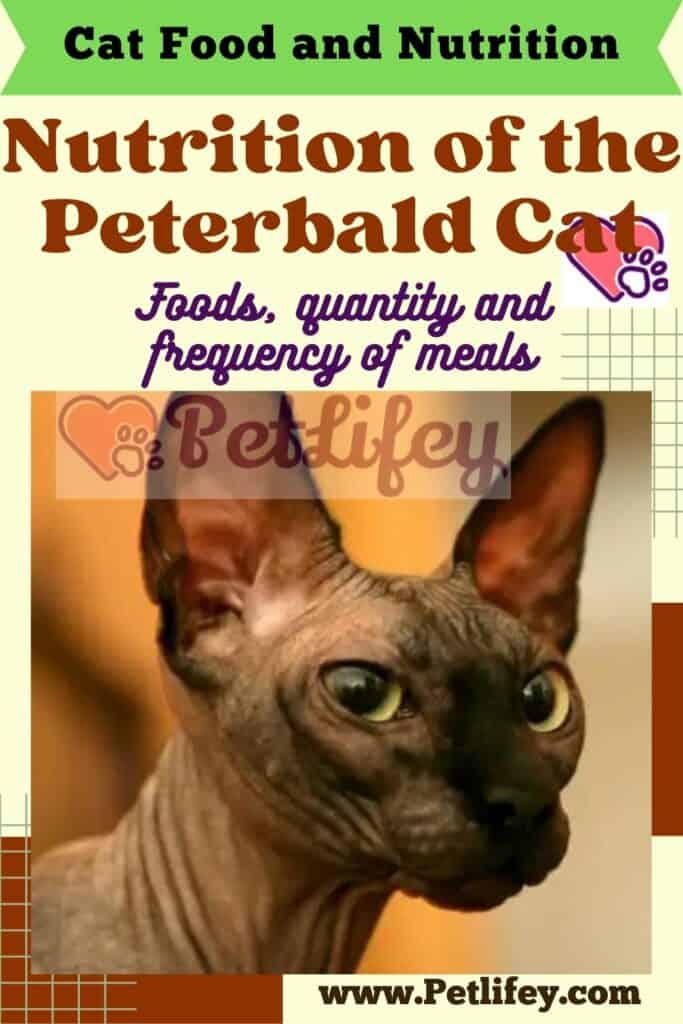
Nutrition of the Peterbald, the secrets of a perfect physical shape thanks to an adequate diet for this cat breed.
In today’s article we will go to see specifically, the feeding of the Peterbald, that is the frequency of meals and the quantities necessary for the daily requirement of this particular Russian cat breed.
The Peterbald is a medium-sized cat that does not exceed 5 kg in weight but has the distinctive feature of being hairless and this condition affects its nutritional needs.
In this article we are going to specify what is best to offer this cat to keep it healthy and fit.
What to feed the Peterbald
Each specific breed of cat has different physical characteristics and consequently equally different dietary needs.
The Peterbald as we mentioned is a hairless cat with a thin hair that reveals the skin. This aspect is due to a natural genetic mutation which consequently requires greater attention to his skin and what he eats.
For this breed it is necessary to establish a program that consists of a controlled and disciplined diet, without excesses or deficiencies.
All this will serve to prevent the cat from becoming obese or on the contrary it can have nutritional deficiencies.
The goal of those who have adopted a Peterbald is to feed this cat in the best possible way with a complete and balanced meal.
Many people in fact prefer to provide the cat with dry food, as it turns out to be the most complete formula.
Then there are those who prefer to personally prepare homemade recipes for cats.
It does not matter whether the food for the cat is homemade or industrial, what matters is that there are animal proteins, carbohydrates, vitamins, minerals and fat must not exceed 10%.
A great solution would be to opt for a mixed diet, giving it a bit of everything by drawing on the various possibilities that the first two options offer you and maybe adding some homemade food.
This allows you to always keep the animal’s interest in its meal alive.
Remember to balance the two types well and make sure your cat always has access to plenty of fresh, clean water so that they can stay hydrated.
The foods that can be used are:
- chicken, turkey, beef;
- salmon, tuna, trout, mackerel;
- fresh fruit and vegetables;
- fermented milk products, probiotics.
Without forgetting how important are foods such as offal, liver and muscles, rich in essential nutrients for the well-being of the animal, including:
- Taurine;
- Thiamine;
- Niacin;
- minerals: calcium, phosphorus, magnesium, potassium, sodium, chlorine manganese, iron, copper, zinc, iodine and selenium;
- vitamins: vitamins E, C, D, and K.
Feeding of the Peterbald: doses and frequency of meals
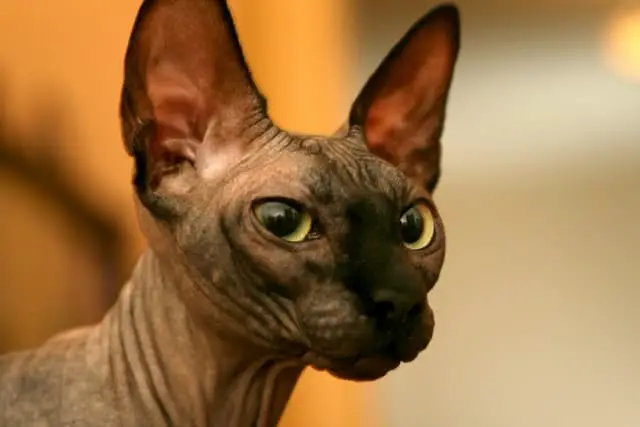
The Peterbald is a very active, tireless cat and despite living almost all the time at home, it does not really have a sedentary lifestyle.
With such an eventful life, one cannot think of offering this cat the same doses that can be offered to a sedentary cat.
Furthermore, like all naked cat breeds, it needs to eat more and transform food into heat and energy. The proportion of food will actually vary depending on the cat’s age, lifestyle and overall health.
For this reason, experts recommend offering the animal 3-4 small meals distributed throughout the day instead of feeding it once with a larger quantity of food.
In this way the Peterbald will be able to better manage the amount of energy he draws from food and will be less exposed to the risk of becoming overweight.
Over the years it will be necessary to adapt the diet to the needs of the elderly cat, in order to guarantee him a good state of health, considering that the Peterbald can live up to 15 years.

